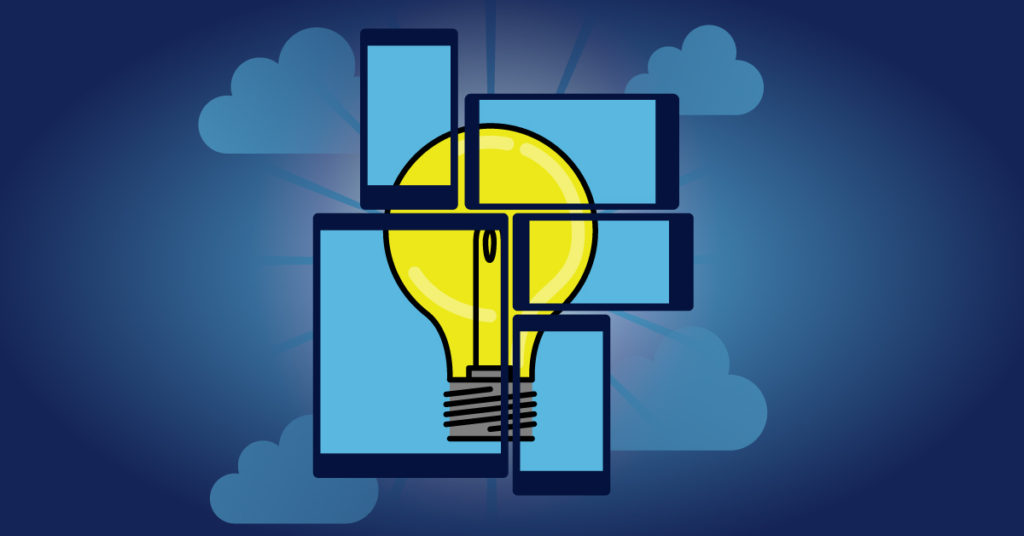
The Balance of Planning and Flexibility in Product Development
“Failure to plan is planning to fail.” This famous quote underscores the importance of planning. However, as I’ve discussed in previous posts, having a rigid plan can stifle creativity and collaboration. The key to successful product development lies in finding a balance between planning and flexibility.
The Importance of Product Requirements Documents
At Big Rock Engineering, every project begins with a product requirements document (PRD). This document is crucial because it outlines the must-haves, the nice-to-haves, and the needs of the project. By working closely with our customers, we ensure that we understand their specific requirements and desired features.
Avoiding the Innovator’s Dilemma
In “The Innovator’s Dilemma” by Clayton Christensen, one of the main pitfalls for larger companies is over-engineering their products. They often try to include every possible feature—both the must-haves and the nice-to-haves—resulting in products that are too complex and overpriced. Customers end up unwilling to pay for these over-engineered products.
The Role of Flexibility
While it’s important to have a plan, it’s equally important to remain adaptable. Plans should be flexible to accommodate customer feedback and evolving needs. Collaboration is essential early in the planning process. By involving customers and the ideation team, we can identify which features are truly valuable and which ones might not be necessary.
Understanding Both Sides
Successful product development requires understanding both the visionary side and the customer’s immediate needs. While innovators can see the potential of new technologies and applications, they must also listen to customers to understand their specific needs. This balance ensures that the product is both innovative and marketable.
Iterative Development
The recommended approach is to plan thoroughly but iterate often. By regularly testing and refining the product, we can better understand what customers are willing to pay for and what features truly add value. This iterative process helps us create products that meet customer needs without unnecessary complexity or cost.
Learning from Innovators
Think about the contributions of innovators like Edison, Ford, and Jobs. They revolutionized their industries by focusing on essential features and leaving out unnecessary complexities. Similarly, in product development, it’s crucial to identify which technological advancements to include and which to leave out to keep the product affordable and user-friendly.
Conclusion
Balancing planning and flexibility is essential in product development. At Big Rock Engineering, we start with a solid plan but remain adaptable to customer feedback. This approach ensures that we create valuable, marketable products without over-engineering.
Ready to develop your next innovative product? Contact Big Rock Engineering today to start your project with a well-balanced plan that adapts to your needs.
About the Author

Mike Hill is a seasoned product development expert with over 15 years of experience in engineering and innovation. At Big Rock Engineering, he leads a team dedicated to creating cutting-edge solutions that meet customer needs. Passionate about combining planning with flexibility, Mike helps clients bring their visionary products to market. Stay connected with Mike Hill and gain insights into product development by following him on Linkedln. Connect with Mike Hill today!




